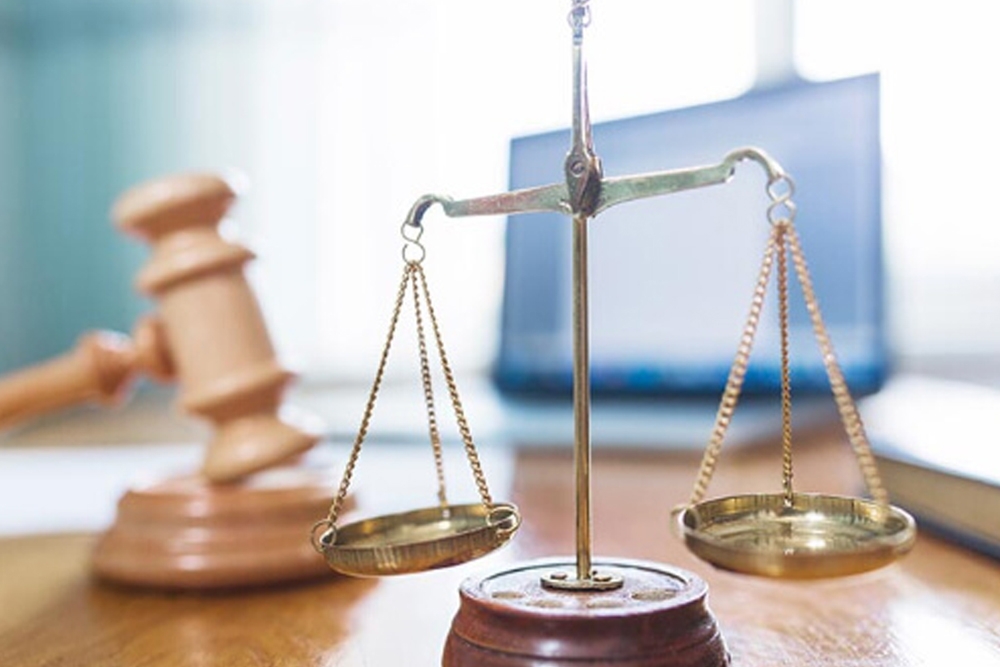Bankruptcy Options After Vehicle Repossession

If your vehicle has been repossessed, you may be able to get it back by filing bankruptcy, if you move quickly.
Section 542 of the Bankruptcy Code requires that entities in possession of “property of the bankruptcy estate” are generally required to turn the property over to either the trustee (in Chapter 7) or the debtor (in Chapter 13). Section 541 of the Bankruptcy Code defines property of the estate as “all legal or equitable interests of the debtor in possession as of the commencement of the case.” The debtor’s continuing rights to and interests in a repossessed vehicle are determined by state law. In many states, these rights are only available to the debtor for a few days or weeks after the repossession (although sometimes continuing until the creditor sells the vehicle or otherwise transfers title).
If your vehicle is property of the bankruptcy estate, most courts say that the creditor must return the vehicle to the estate immediately upon learning of the bankruptcy filing:
“[S]ection 362 requires a creditor in possession of property seized as security–but subject to a state-law-based residual equitable interest in the debtor–to deliver that property to the trustee or debtor-in-possession promptly after the debtor has filed a petition in bankruptcy under Chapter 13.”
Weber v. SEFCU (In re Weber), 719 F.3d 72 (2d Cir. 2013). The few exceptions to this majority rule are Bell-Tel Fed. Credit Union v. Kalter (In re Kalter), 292 F.3d 1350 (11th Cir. 2002) (applying Florida law to find no exercise of control) and Charles R. Hall Motors, Inc. v. Lewis (In re Lewis), 137 F.3d 1280 (11th Cir. 1998) (applying Alabama law).
If the creditor refuses to return the vehicle, or does not return the vehicle “immediately” upon learning of the bankruptcy filing, a bankruptcy court may sanction the creditor. The creditor is prohibited from selling or transferring estate property after the bankruptcy is filed.
Chapter 13
In a Chapter 13 bankruptcy case, a repossessed vehicle that is estate property is immediately returned to the debtor’s possession. The debtor is required to provide “adequate protection” to the creditor to assure that the property will be safeguarded (usually that means insured) and that the creditor will be adequately compensated. This usually takes place by submitting a Chapter 13 plan of repayment to the bankruptcy court. Repayment of the vehicle loan terms can be modified to alter the length of payments, interest rate, and sometimes the principal amount owed.
Chapter 7
In a Chapter 7 case, a repossessed vehicle that is property of the bankruptcy estate is turned over to the bankruptcy trustee. The Bankruptcy Code gives the Chapter 7 debtor the option to seek an order of redemption to keep the vehicle. In a redemption, the debtor pays the fair market value of the vehicle to the creditor (usually in one lump sum) and the title transfers to the debtor free and clear of all liens. If the lump sum payment is beyond the debtor’s financial ability, there are lenders available who specialize in bankruptcy redemption loans.
